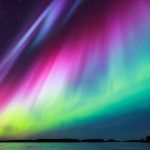
Four pieces with the same title and the same inspiration— Northern Lights.
Northern Lights by Rick Robertson Digital Download
Northern Lights by Karen Tanaka Printed Copy
Northern Lights by Kevin Olson Digital Download Printed Copy
Northern Lights by Wynn-Anne Rossi Digital Download
This week on The Piano Pedagogy Playlist, we follow the shimmering path of the aurora across four imaginative works—all sharing the same title: “Northern Lights.” Inspired by last week’s unusually widespread auroral displays across North America, we explore how four different composers translate this natural wonder into sound, each through their own musical lens.
You’ll hear pieces by Rick Robertson, Karen Tanaka, Kevin Olson, and Wynn-Anne Rossi, ranging from early intermediate to early advanced. From quiet, timeless stillness to full-blown toccata energy, these pieces give students a chance to experience a wide spectrum of color and character—all sparked by the same celestial phenomenon.
— Transcript —
This past week, much of North America got an unexpected treat. The Northern Lights made a rare and unusually bright appearance much further south than usual.
Social media was suddenly full of glowing skies and streaks of green and violet, and there were a whole lot of us standing in our backyards, gazing up at the inspiring show that nature put on display.
That little moment of collective wonder is the inspiration for today’s episode. We are going to explore four separate piano pieces, each by a different composer, all sharing the same title, Northern Lights.
And while they all point to the same celestial phenomenon, each composer paints it in their own musical colors, from icy stillness to shimmering energy. So bundle up. The Aurora Musicalis awaits on the Piano Pedagogy Playlist.
Greetings and welcome. I hope your day is going well, and that you’re ready for a little musical sky gazing. My name is Luke Bartolomeo.
I’m a pianist, a teacher, and also a developer of apps for children studying music, including Flash Note Derby.
Each Monday on the Piano Pedagogy Playlist, I play for you some of my current favorites from the contemporary repertoire written for piano students.
Today, we’re chasing the Northern Lights through the imagination of four different composers, Karen Tanaka, Kevin Olson, Wynn-Anne Rossi, and to start things off, Rick Robertson.
Now, in Rick’s incarnation of the Northern Lights, we have a piece that feels as though it hangs suspended in frozen air. The right-hand’s melody is built entirely out of perfect fourths that creates a cold, weightless quality.
The pacing is slow and pensive, as if time has come to a stop while we stand observing the ancient play of light in the sky. Here’s Rick Robertson’s version of Northern Lights.
A piece like that really helps students work on shaping a melody that’s intentionally sparse. It doesn’t rush, and there’s nothing to fill in the gaps from one beat to the next.
That kind of restraint can be a challenge for children, but it’s essential to the mood that Robertson is trying to create.
Next up, we have Karen Tanaka’s miniature Northern Lights. Now, her version leans more into the mystical and ethereal aspects. The right hand plays a repeating five note ostinato in a steady 5-8 meter.
It’s almost hypnotic. And the left hand adds harmonies that float in at irregular moments, almost entirely without regard for the meter.
The entire piece fits on one page, but the challenge for early intermediate players is going to be coordinating that seemingly random left hand rhythm against the unwavering right hand ostinato pattern.
Karen Tanaka is a Japanese composer with loads of orchestral and chamber compositions to her credit, as well as many pieces for piano.
Even though this example of her work is rather meager in terms of length and technical complexity, I think it is so successful in how it captures and communicates through music something which exists only in the visual world.
Our third take on the Northern Lights is by Kevin Olson. It’s also the longest and certainly the most technically demanding of the four pieces I’m playing today. It’s been described as a toccata, and it certainly earns that title.
It’s quick and relentless with its energy. It also feels a bit like a fantasia, a fantasy, where the composer is freed from adhering to any prescribed structure and can just follow their musical instincts wherever they lead.
It’s a piece that can be divided into two main sections, the first in 6-8 time, and then the second in 3-4 time, with some 4-4 thrown in for good measure.
The speed of the sixteenth notes remains constant throughout, so as you’re listening to my performance, see if you can detect the moment where the grouping of the notes causes the rhythm to start to feel like 3-4 time rather than 6-8 time.
It kind of sneaks up on you. Now, that’s a piece that covers a lot of ground over the piano keyboard, from the very lowest bass notes to the top of the treble register.
And you’ve also got places where both hands descend into the bass or both hands go way up into the treble. And there’s plenty of hand crossings as well.
You really have to think about where you are going to place yourself on the piano bench before you begin, so that you don’t find yourself in a really awkward position for certain passages.
Some students are probably going to need to subtly adjust their position on the bench during the piece. And this needs to be planned out in advance. It has to be done smoothly and without disruption of the piece’s perpetual motion.
The final piece we’re going to look at today is by Wynn-Anne Rossi, a composer who we featured just last month, but who also happens to have composed a piece inspired by the Northern Lights.
Her version is full of quiet, ancient mystery, evoking the timelessness of the night sky.
The simple melody is conveyed by a series of rolled four-note chords that need to be executed so smoothly, and also voiced in a way that it’s always the top note which shimmers.
The time signature shifts between 4-4 and 5-4, but there really isn’t any strong sense of meter here. It kind of reminds me a little bit of Gregorian chant. The rhythm has a pulse to it, but phrases are just as long as they need to be.
They aren’t constrained by having to fit a certain number of beats into each measure. Four composers, one shared subject, and four different musical creations.
It’s always interesting to see how differently artists can respond to the same spark of inspiration. Let me know if you have any good ideas for a future episode where we could similarly explore how different composers interpret the same idea.
And if you’d like to explore any of these versions of the Northern Lights with your own students, there are links in the episode description. Or as always, you can visit my website, pianopedagogyplaylist.com.
And just like that, it’s time to close the lid on today’s episode of the podcast. I wish you a week where each lesson you teach holds a glimmer of growth and possibility.
And I’ll look forward to seeing you again next Monday when I’ll share some more of my favorite contemporary pieces for piano students. Until then, keep nurturing the music, and have a great week.
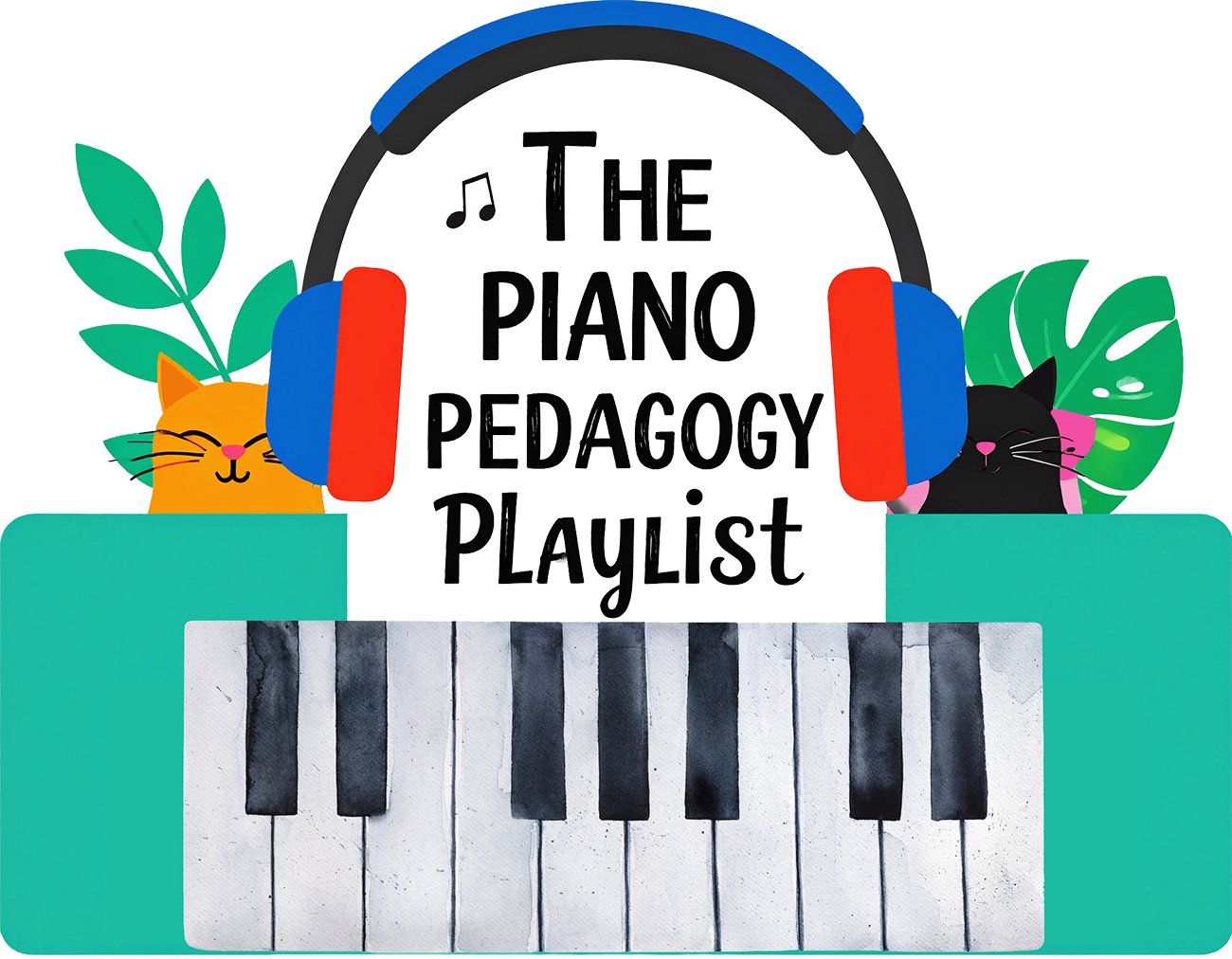
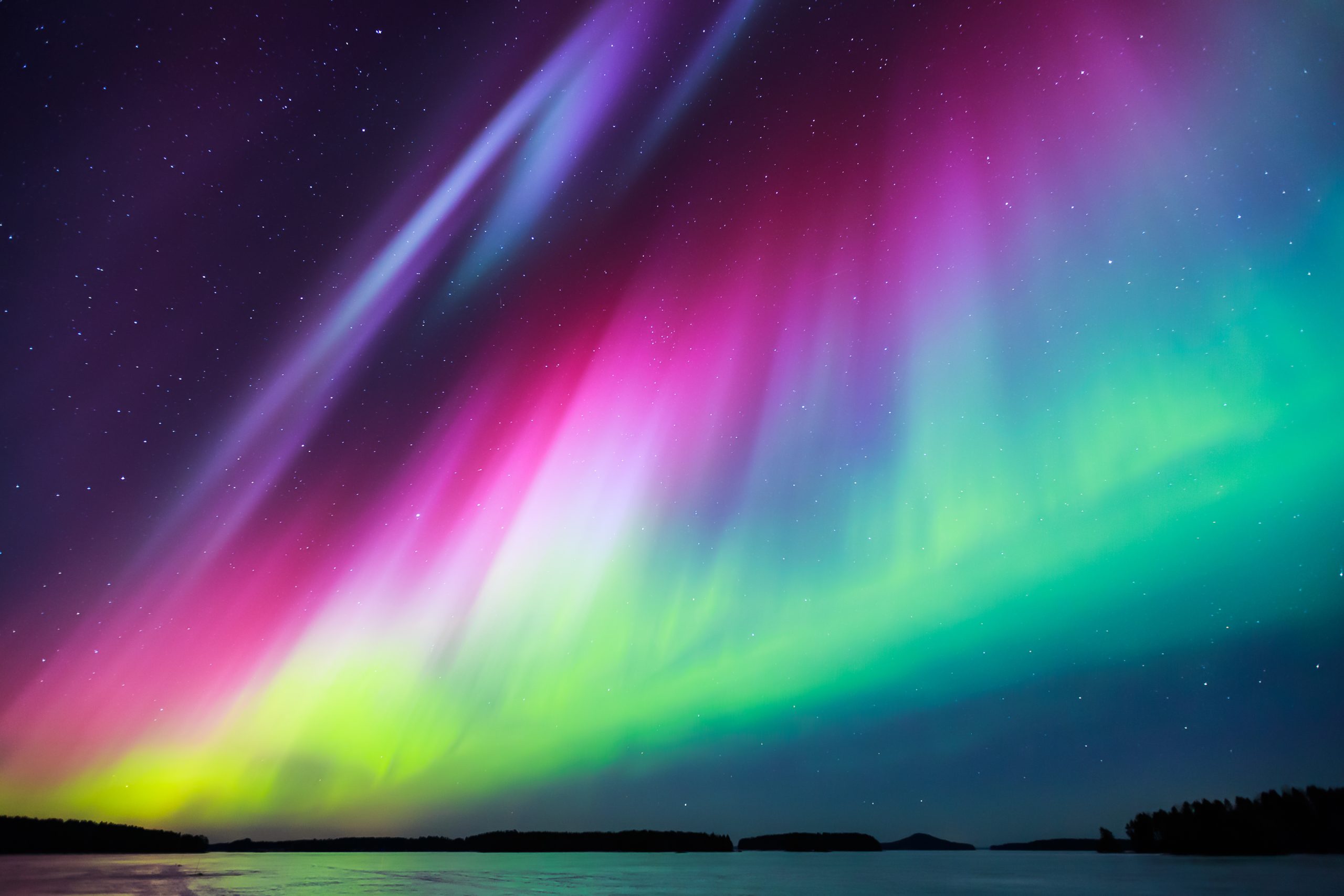
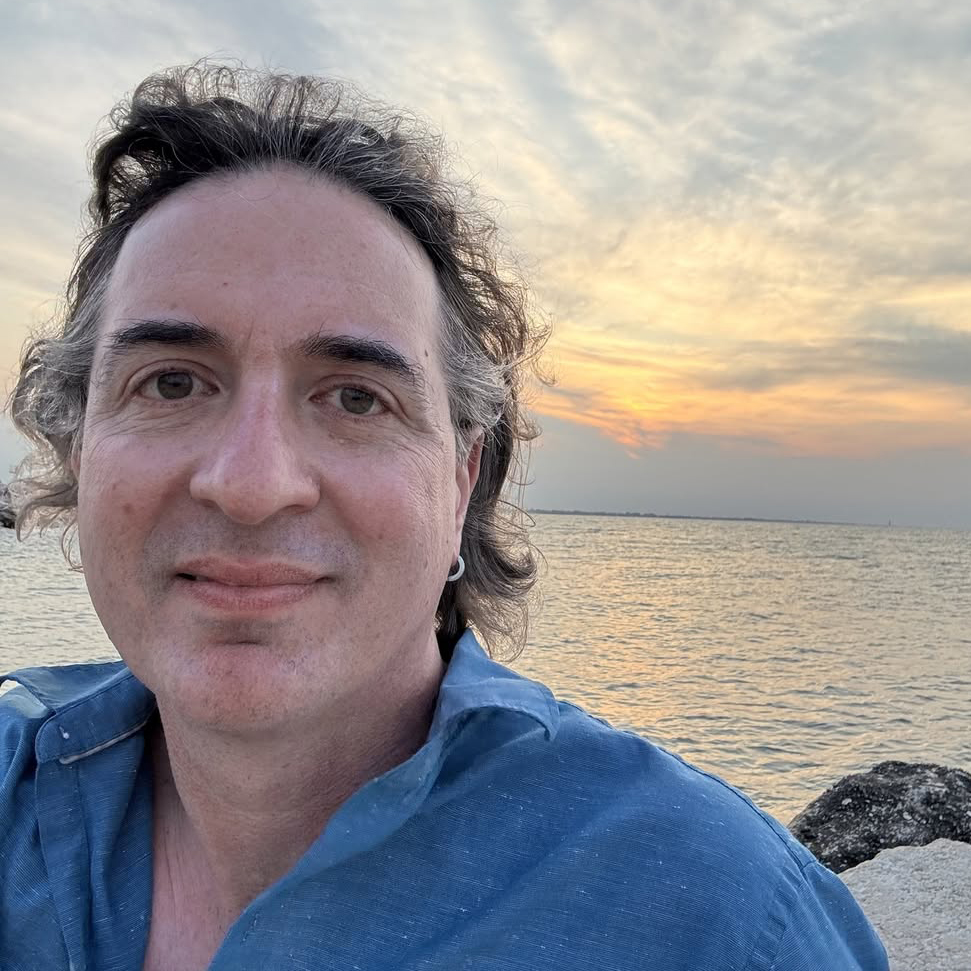
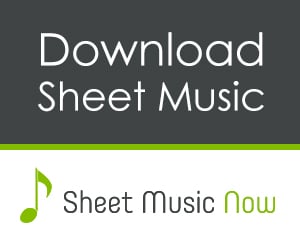
Leave a Reply